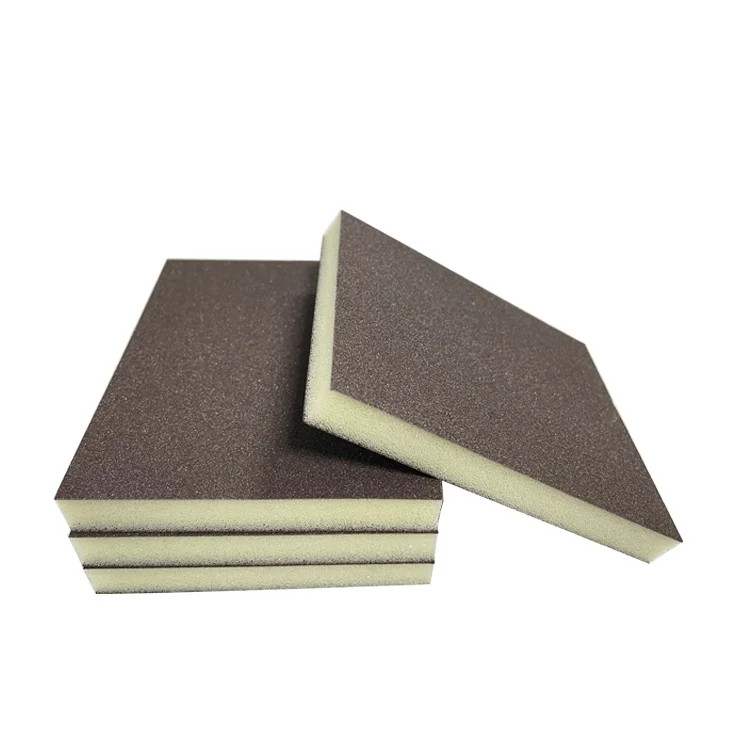In the realm of printing technology, laser printers have carved out a significant niche, particularly in office environments where speed and efficiency are paramount. However, while they offer numerous advantages, such as high-quality prints and lower cost per page for high-volume printing, it is essential to consider the downsides of laser printers before making a purchase. This article delves into the less-discussed drawbacks, providing a comprehensive overview that will help you make an informed decision.
- Initial Cost and Maintenance Expenses
One of the most significant downsides of laser printers is their initial cost. Compared to inkjet printers, laser printers typically come with a higher price tag. This upfront investment can be a deterrent for small businesses or individuals who do not require high-volume printing. Additionally, while laser printers are designed for longevity, maintenance costs can accumulate over time. Components such as toner cartridges, imaging drums, and fusers may need replacement, and these parts can be expensive.
- Size and Weight Considerations
Laser printers are generally bulkier and heavier than their inkjet counterparts. This can pose a challenge for small office spaces or home environments where space is at a premium. Their size often necessitates dedicated desk space, which may not be feasible for everyone. Furthermore, the weight of these machines can make them cumbersome to move, complicating any potential relocation or reorganization of your workspace.
- Limited Color Range and Quality
While laser printers excel in producing sharp text and graphics, they often fall short in color vibrancy compared to inkjet printers. The color reproduction capabilities of laser printers can be limited, particularly for photographic prints or designs requiring a wide color gamut. For businesses that rely on high-quality color graphics, this limitation can be a significant drawback. Additionally, the quality of color prints can vary depending on the specific model and the type of paper used, leading to inconsistent results.
- Warm-Up Time and Speed Variability
Although laser printers are known for their speed, they often require a warm-up period before they can begin printing. This can be particularly frustrating in fast-paced environments where immediate printing is necessary. The warm-up time can vary based on the model and the complexity of the print job, leading to potential delays. In contrast, inkjet printers can start printing almost instantly, making them a more convenient option for low-volume or sporadic printing needs.
- Environmental Concerns
Another downside of laser printers is their environmental impact. The toner used in laser printing is made from plastic and can contribute to pollution if not disposed of properly. Additionally, the energy consumption of laser printers can be higher than that of inkjet printers, particularly during the warm-up phase and while in operation. For environmentally conscious consumers, these factors may weigh heavily in their decision-making process.
- Noise Levels
Laser printers can be noisier than inkjet printers, particularly during the printing process. The mechanical components involved in laser printing can produce a noticeable sound, which may be disruptive in quiet office environments or home settings. This noise factor is often overlooked but can significantly affect the overall user experience.
Conclusion: Weighing the Pros and Cons
In conclusion, while laser printers offer many advantages, including speed, efficiency, and cost-effectiveness for high-volume printing, it is crucial to consider their downsides. The initial investment, maintenance costs, limitations in color quality, warm-up times, environmental concerns, and noise levels are all factors that should be carefully evaluated.



